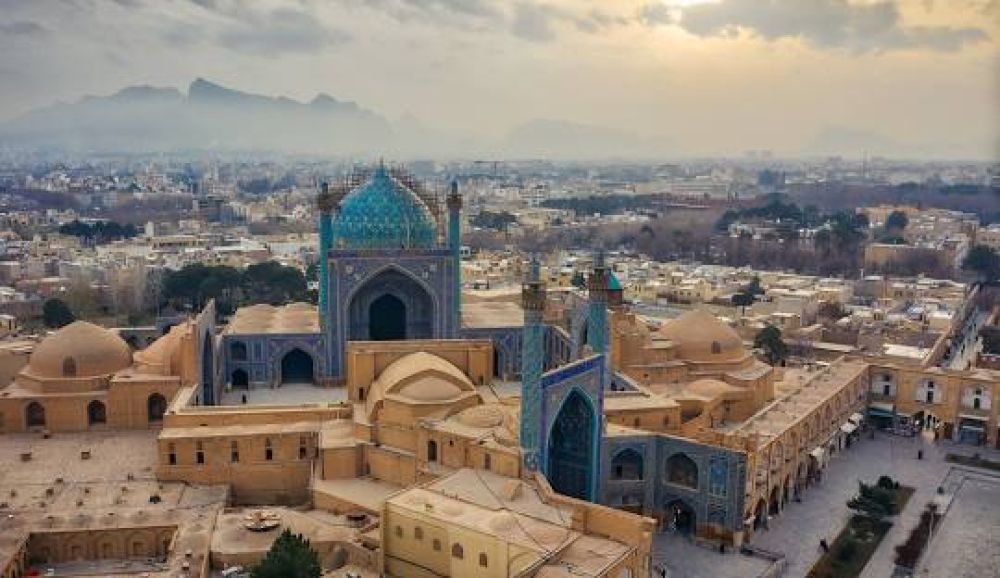

Isfahan, known historically also as Ispahan, Sepahan, or Esfahan, is a city in central Iran, known for its beautiful Persian architecture and rich cultural history. It has long attracted travelers and scholars from all over the world because of its grandeur and the high concentration of Islamic architectural marvels.
The history of tourism in Isfahan can be traced back to the era of the Silk Road, when the city was a bustling hub of trade and culture. During this period, merchants and travelers from across Asia and even Europe would pass through Isfahan, exchanging not only goods but ideas and cultural practices as well. It was known for its artisanal crafts, including fine textiles and metalwork, which drew the interest of many international visitors.
The peak of Isfhan's appeal as a tourist destination can be attributed to the Safavid Dynasty, particularly the reign of Shah Abbas I in the 16th and 17th centuries. The city was chosen as the capital of Persia during this period, leading to a flourishing era for arts, culture, and architecture. Significant urban development, including the construction of the majestic Naqsh-e Jahan Square, the Imam Mosque, Sheikh Lotfollah Mosque, and the Ali Qapu Palace, solidified Isfahan's reputation as a jewel of Islamic art and architecture and a premier travel destination.
In the 20th century, Isfahan continued to grow as an important site for cultural tourism. The city's historic centers and architectural wonders have been increasingly recognized and protected, with the Naqsh-e Jahan Square being classified as a UNESCO World Heritage Site in 1979. Modern Isfahan offers a blend of its rich history with contemporary comforts, making it a draw for tourists looking to immerse themselves in Persian culture, art, and history.
In recent years, there has been a concerted effort to promote Isfahan as a global tourist destination. This includes improvements in infrastructure, such as the expansion of its international airport and the development of luxury hotels and restaurants, catering to an international audience. Cultural events, festivals, and the promotion of handicraft markets also play a significant role in the city's tourism strategy.
One of the latest trends in Isfahan tourism is the rise of experiential travel opportunities. Tourists are increasingly seeking authentic experiences that allow them to connect with the local culture and people. This includes workshops on traditional Persian crafts, cooking classes to learn how to make Iranian dishes, and homestays that provide a deeper insight into the Iranian way of life.
Despite challenges in the region, Isfahani authorities are keen to showcase their city's beauty and hospitality, encouraging tourists from around the globe to explore this historical gem. The rich history of tourism in Isfahan is testament to the city's enduring appeal and its continued evolution as a hub for cultural exchange and exploration.